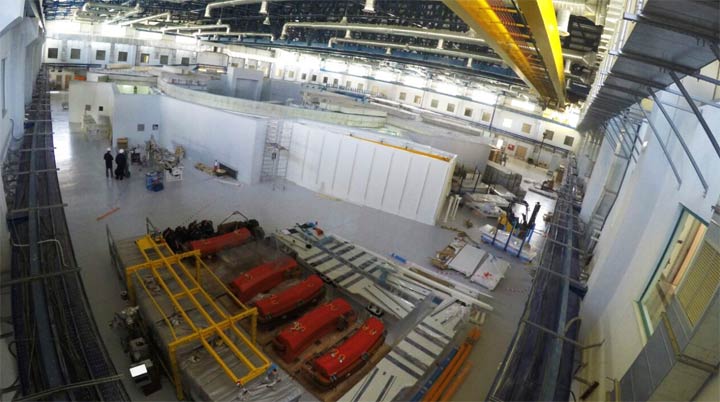The University of Saskatchewan – home to the Canadian Light Source (CLS) – said it’s part of an international effort to use science for diplomacy.

A ceremony is being held Tuesday for the opening of the Synchrotron-light for Experimental Science and Applications in the Middle East (SESAME) facility in Jordan.
READ MORE: Saskatoon synchrotron oil research aims to improve well efficiency
It’s the first synchrotron in the region and a collaboration between Israel, Iran, Cyprus, Egypt, Jordan, Pakistan, Turkey and the Palestinian Authority.
A representative of the Canadian government and CLS director Rob Lamb are expected to be at the ceremony.
“We are proud to be part of this remarkable project which transcends politics and builds trust by bridging different cultures in the region and bringing together nations united by the common language of science,” Karen Chad, vice-president of research at the University of Saskatchewan, said in a press release.
READ MORE: Saskatoon and Swedish synchrotrons strengthen ties
Canada is one of 15 countries to be granted observer status on the oversight council of SESAME.
Observer status means that Canada’s scientists can build new collaborations and the country’s companies can now bid for equipment procurement contracts.
“Canada joining SEASAME as an observer state will enable the CLS to partner with it for scientific co-operation and open a new market for its expertise,” Ralph Goodale, federal minister of public safety and emergency preparedness, said.
READ MORE: Lasers on a toenail clipping reveal Franklin Expedition diet, cause of death
CLS officials said they will contribute in-kind support in the form of training and used equipment.
Additionally, observer status opens the door for joint research initiatives and training opportunities. Two SESAME scientists are expected to use the CLS’s imaging beamline this year to study archeological artifacts.
A synchrotron uses light – many times brighter than the sun – to explore the properties of materials ranging from semiconductors to viruses. There are around 70 synchrotrons around the globe.


Comments